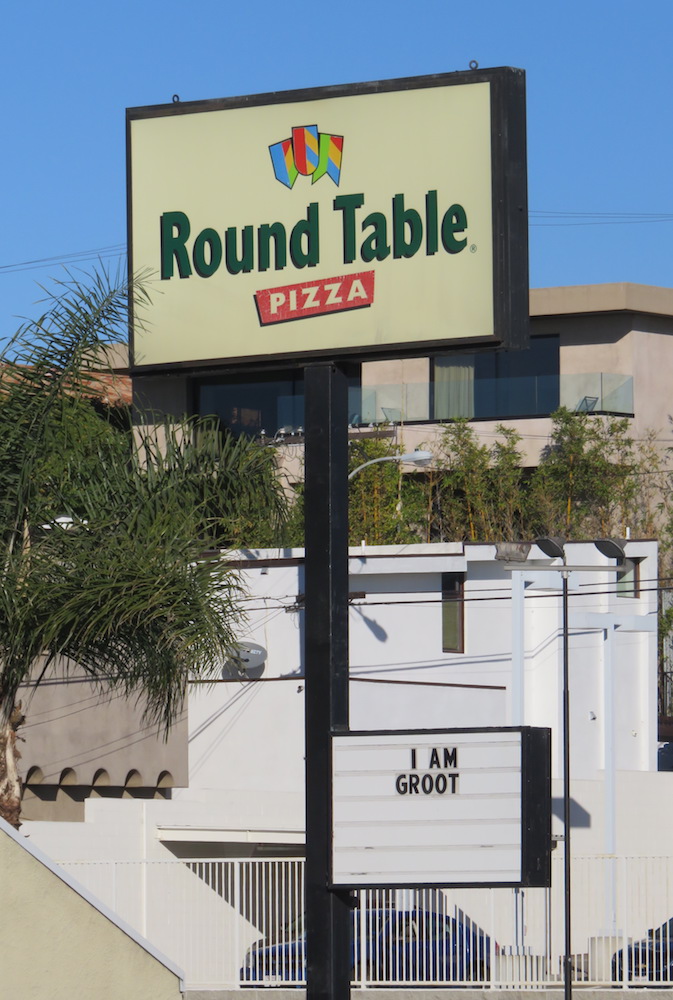On Thursday, the FCC is planning to vote to allow your cable company to decide which news sites you get to access, which streaming sites you get to use, intercept your search queries, charge you extra for accessing specific sites (even if you already pay a subscription to the site in question), etc.
Oh, they’re not framing it that way of course. They’re framing it as removing an “unnecessary and burdensome” regulation.
But Title II Net Neutrality is the only legal framework in place that’s preventing, say, AT&T from blocking Skype, or Verizon from blocking tethering apps, or Comcast from slowing down Netflix until Netflix paid them extra — all things that happened in the decade leading up to the rule being adopted.
It’s also keeping ISPs from doing what they do in countries that don’t have net neutrality, like offering different internet packages based on which sites you use. Yeah, they look like cable TV packages. It would suck to be a startup company that’s not included in one of those packages, wouldn’t it? Tricky to make any headway against the entrenched giants.
And just think what might happen if a cable company decided to downgrade (or even paywall) access to news sites or organizations or discussion forums or activist groups that they don’t like, while making it easier to connect to those that they do approve of.
“Please, the Internet was fine before it, so why do we need it?” The Internet was built on the principle. It only became an official, legal requirement after ISPs started violating it, and even then it took several tries to build a requirement that held up in court. And phone companies are still trying to push the envelope with bundling and zero rating.
“But competition will solve it!” Really? How much competition is there when you only have two choices for your ISP, the local cable company or the local phone company, both of which are giant conglomerates — and both of which have violated net neutrality in the past?
“The FTC can regulate it!” Nope, we tried that. Verizon sued for the right to arbitrarily block websites and won, which is why the FCC reclassified internet providers under Title II a few years later.
“This is a matter for the states. Let them handle it.” Verizon and Comcast are lobbying for the FCC’s decision to ban states from creating their own net neutrality rules.
Net Neutrality solves a real problem, and while we may be able to find better solutions, that’s no reason to throw out the solution we have today. Congress can stop the FCC from voting tomorrow, but only if they hear from you today! Go to Battle For the Net and call your Representative and Senators before the FCC votes to sell us all out in favor of your cable company.
